There are a number of small issues with your code that are adding up to that weird result.
OpenCV uses BGR ordering of the channels of an image, where matplotlib uses RGB. That means if you read an image with OpenCV but want to display with matplotlib, you need to convert the image from BGR to RGB before displaying (that's the reason the colors are weird). Also, not that important, but color images are not displayed with a colormap, so showing the colormap does not do anything for you.
In numpy, it's best to keep masks boolean whenever you can, because you can use them to index your arrays. Your current code converts a boolean mask to a uint8 image with 0 and 255 values and then you multiply that with your image. That means your image will be set to zero wherever the mask is zero---and your image values will explode (or do weird stuff with overflow). Instead, keep the mask boolean and use it to index your array. That way anywhere the mask is True you can just set the value in your image to something specific (like 255 for white).
This should fix you up:
import numpy as np
import cv2
from matplotlib import pyplot as plt
img = cv2.imread('91_photo.jpg')
mask = np.zeros(img.shape[:2], np.uint8)
bgdModel = np.zeros((1, 65), np.float64)
fgdModel = np.zeros((1, 65), np.float64)
rect = (10, 10, 360, 480)
cv2.grabCut(img, mask, rect, bgdModel, fgdModel, 5, cv2.GC_INIT_WITH_RECT)
mask2 = (mask==2) | (mask==0)
img[mask2] = 255
img = cv2.cvtColor(img, cv2.COLOR_BGR2RGB)
plt.imshow(img)
plt.show()



